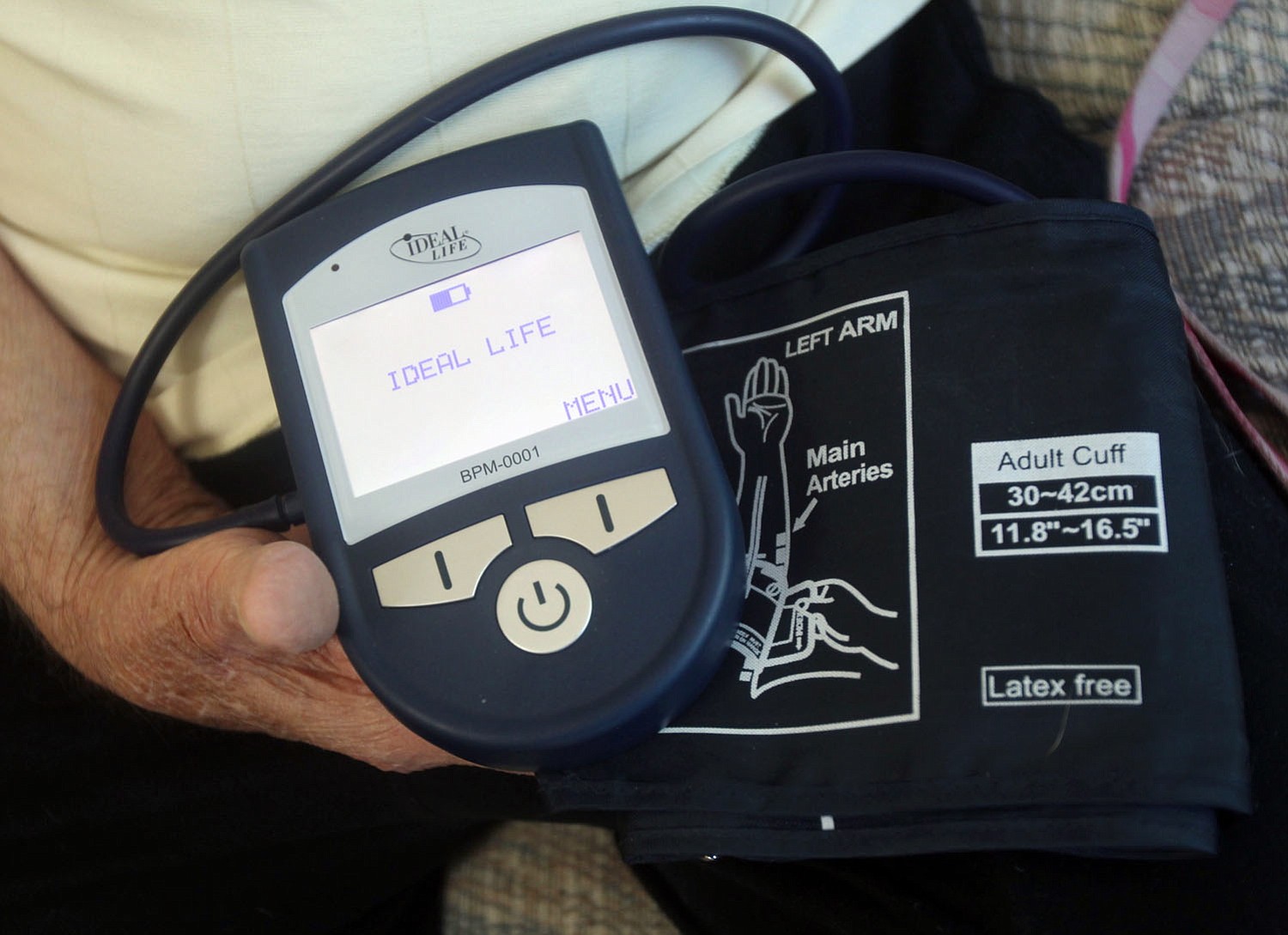BEND, Ore. — Ken Dalton is first to admit it: He should have warned his friends about the possibility that he could “go off the air” at any moment.
That’s what happened at a church picnic at Prineville Reservoir a few months back. It was a hot, midsummer day, and the 74-year-old Prineville resident — who had a pacemaker and defibrillator implanted in 2010 — didn’t realize his heart rhythm had gone out of whack.
That is, until — “Wham! That defibrillator went off and knocked me to the ground,” Dalton said. “It was like getting hit by a mule.”
Needless to say, he’s watching his health pretty closely these days. Luckily, he’s got help. Dalton is among 79 Mosaic Medical patients who are participating in a federally funded test to see whether teaching patients to use medical equipment to check their health indicators at home will improve care and save money for patients and providers alike.



